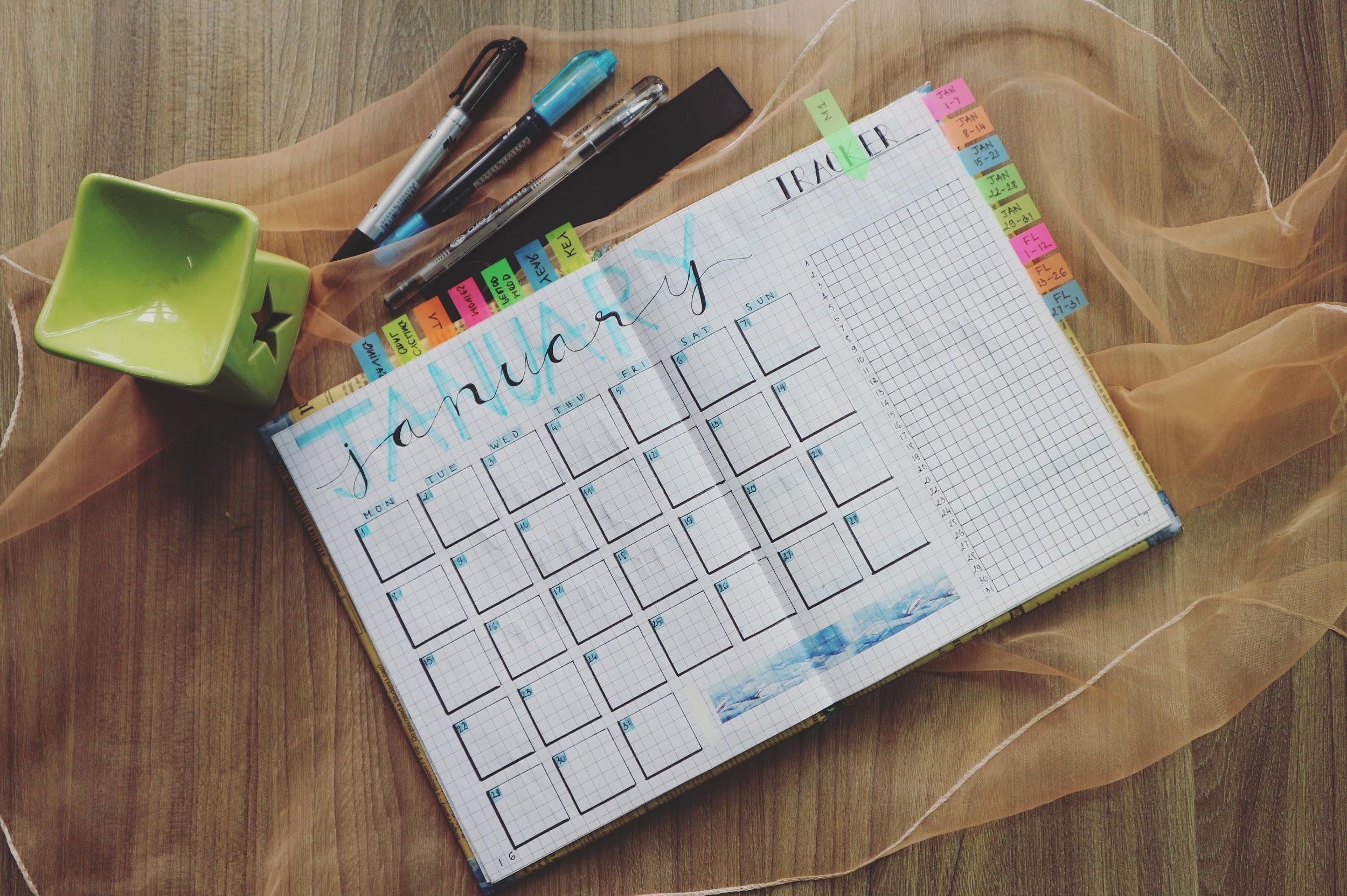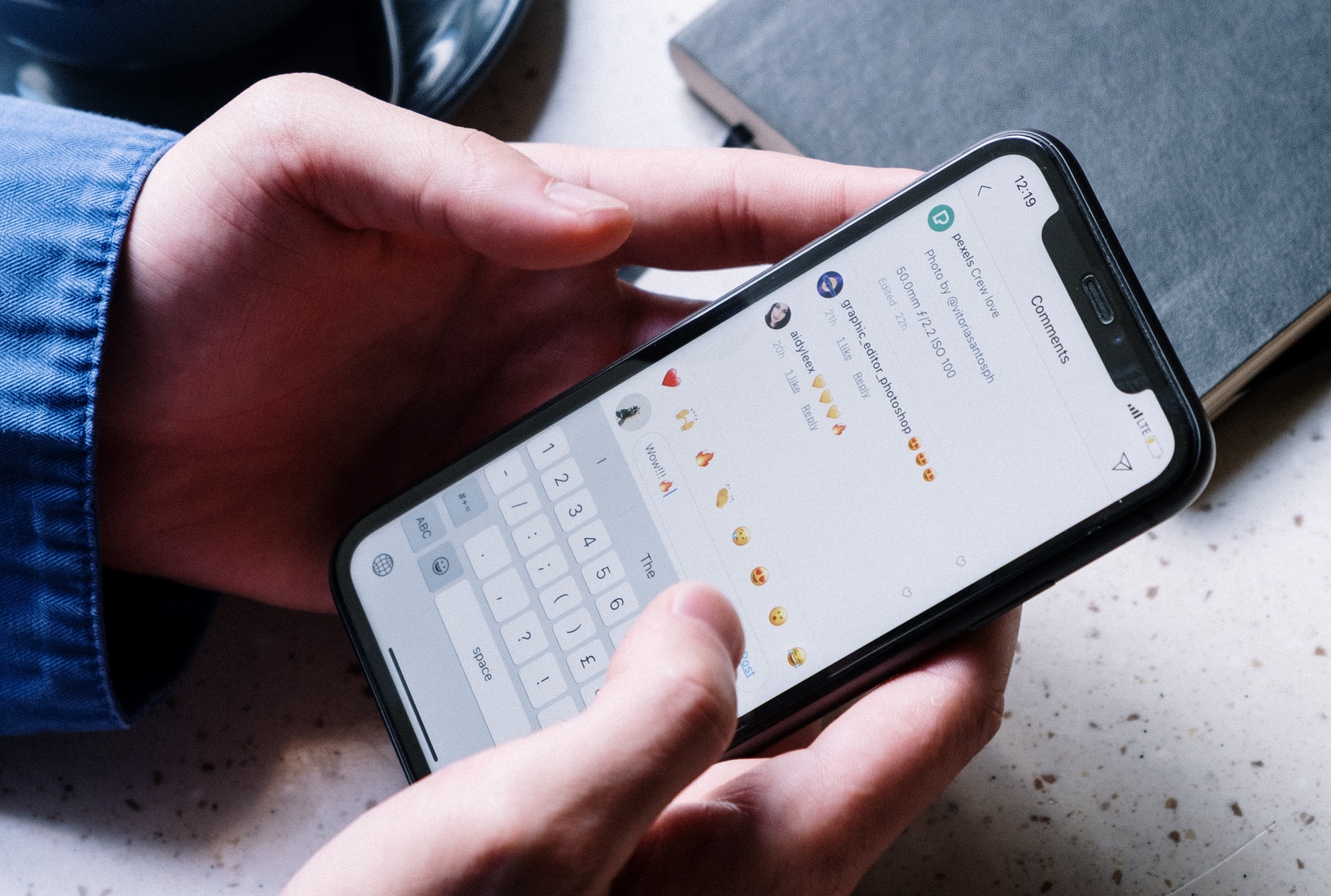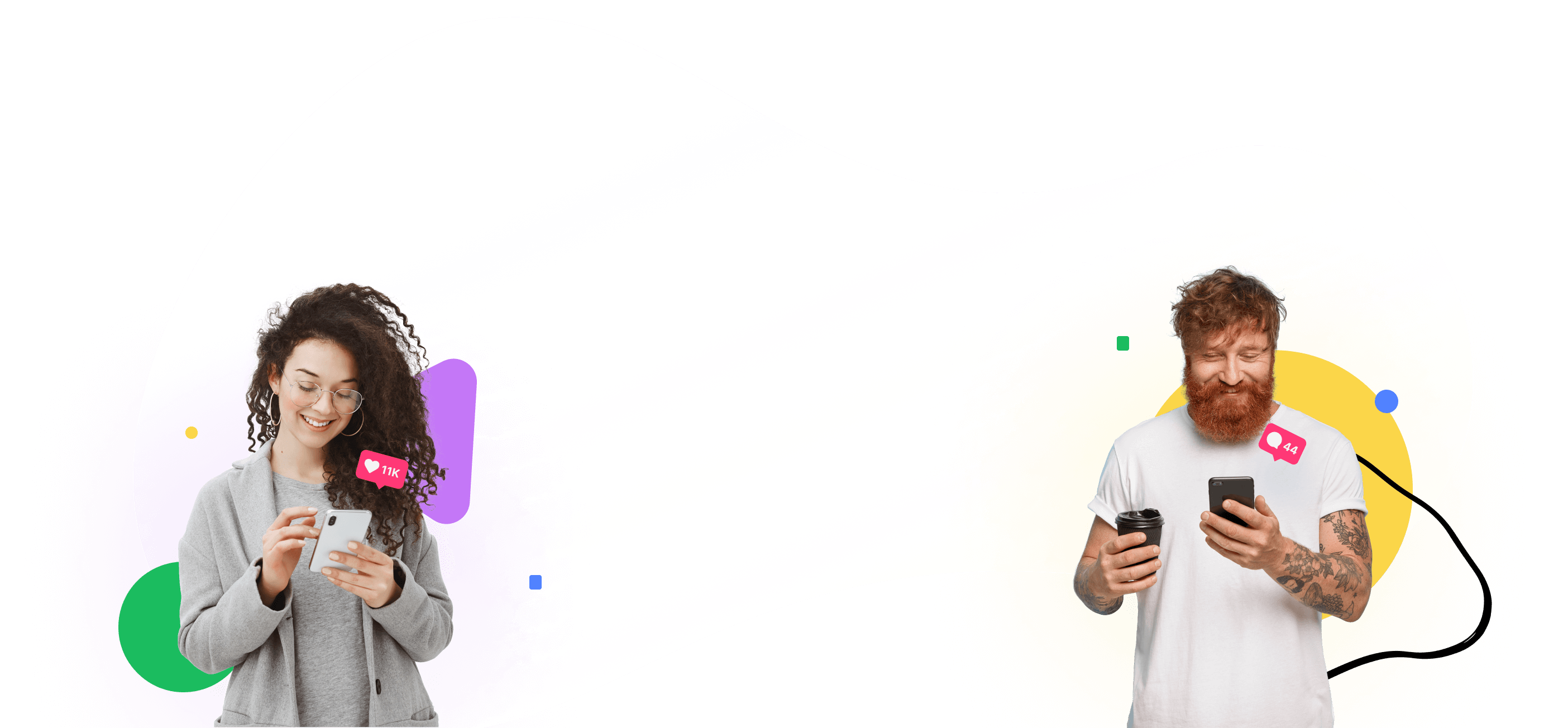Between brainstorming ideas, developing content, collaborating with a team, publishing deliverables, and analyzing the results, marketers have so many tasks on their plate every day. It’s hard to do everything, let alone do it all well!
Social media scheduling tools significantly changed the game of social media marketing. Now, marketers can have their posts go-live at any time, without needing to be behind the screen hitting a publish button. There are many tools on the market that, when used correctly, can significantly improve the results of your social media efforts.
However, there are also many common mistakes that marketers make when using social media scheduling tools. We’ll explore how to use a social media scheduling tool the right way so you can ensure you get the most out of every post you publish.

Customize your publishing schedule.
Many tools come ready-to-go with a pre-set schedule. While this is great for getting started quickly, blindly going with the pre-set schedule can lead to missed optimization opportunities.
Why does it matter when my social media posts go live?_ _
Since most social media feeds are based on algorithms, how much engagement your post gets in the short period of time after it’s published determines how frequently it will be displayed in your followers’ newsfeeds. If your post gets a ton of engagement right away, social media platforms will be more likely to show it to your followers, potentially even multiple times. Meanwhile, if no one is online when your content is posted and it doesn’t get any interactions, the platform will assume it’s bad content and won’t show it to your followers.
Be sure to start by making sure your timezone is correct. From there, add the times you want posts to go live on each platform. Remember that people use various platforms differently and at different times. Consider when your audience is likely to be active on each and base your schedule on that.
Wondering how often you should post on each platform? We’ve got you covered here.
Develop engaging content.
Sometimes when marketers start developing social media content in bulk, they forget how users engage online. While it might seem efficient to crank out a bunch of posts that all sound the same with just a few tweaks, consider the actual user experience of that. Would you be interested in seeing the same, but slightly different post a dozen times? Your audience isn’t interested either. If they didn’t click the first time, re-ordering your sentences probably isn’t going to entice them to click the second time.
Remember to use emotion-evoking language and great visuals. Ask a question or provide another way for readers to engage with your posts. People love the opportunity to share their thoughts.
Be sure to also include relevant hashtags in each post. This will allow people interested in your content to find your posts and interact with you.
Promote your blog content more than once.
Creating an article takes a lot of time. From research to writing, editing, graphics sourcing, and finally publishing, there’s a TON of work that goes into each blog post. After putting so much time and energy into a piece of content, why would you only share it one time?
While it’s true that you shouldn’t share the same message over and over, there are many ways you can continue to promote a blog post after publishing. Try taking each subsection and turning it into an individual social media post, ask engaging questions about the topic, and even poll your followers. Keep sharing a blog post every few weeks for as long as it’s relevant.
When using a social media scheduling tool, plan to develop 6-12 unique posts promoting your article that you can schedule over the course of a year. After that year is up, it’s a great idea to revisit your content, see if it needs any refreshing, and continue promoting it once it’s optimized. Make sure those hashtags are a combination of popular and semi-popular tags. Sticking to only the popular ones will make your content get lost in a sea of other posts.
Share more than just your own content.
It’s definitely a great idea to share your content on social media and to share it often. However, it shouldn’t be 100% about you, all the time. Instead, be sure to include content from other experts like industry news, educational resources, and entertainment.
If you have a partner in the industry creating great content adjacent to your brand, add it to your scheduled posts! This is also a great way to develop industry relationships and get other organizations to promote your content.
It’s a great idea to make a list of publications that are relevant to your brand and customers so you can check regularly for new, interesting content.
On Missinglettr, we have a tool called Curate that ties in with the social media scheduler. You can browse by topic or category and find pre-made content you can add right to your queue — including copy and imagery that’s ready for publication.

Don’t forget to engage.
Social media scheduling saves a ton of time. However, it doesn’t account for everything you need to do on social media in order to be successful. In addition to posting consistent, quality content, you also need to engage with any followers interacting with your content.
If people leave comments on your posts, you should try to reply to everyone — especially if you’re not getting a ton of interaction at first. Social media is meant to be social. If you’re just having a one-way conversation, you’re not able to build trust with your audience.
Just like with other social media tasks, engaging can become overwhelming. Try to set a schedule for when you’ll plan to interact with users. It’s a good idea to be active around the times your posts are set to go live in-case followers start commenting right away. However, this isn’t crucial. Even dedicating an hour every other day to engaging with your followers is a great start and can go a long way toward building relationships.

Check back in on the results.
You’ve got a year’s worth of social media content queued up, a schedule for interacting with followers, and you’re all ready to get started. Just like with running social media campaigns manually, you’ll want to check back in on your analytics to see how your audience engaged with the different content you published.
If you’re relatively new to social media overall, you might not see great results at first. It’s important to stay consistent and keep at it, even if you’re feeling discouraged. Experiment with different types of content, posting times, tone of voice, and more. Be sure to measure your results, then double down whichever worked best.
Your strategy should evolve over time as you identify new best practices for your audience. When you learn new things, you don’t necessarily have to rip out all the content you already have scheduled. Instead, focus on applying your learnings forward. If you find a particular strategy to be incredibly harmful to your engagement, it may be worth updating or removing posts that utilize it.
Choose the right social media scheduling tool.
Not all social media scheduling tools are created equally. As a growing business, it’s important to invest in tools that enable your growth, while saving you time.
Missinglettr takes social media scheduling a step further by automatically generating content from each new article you publish on your website. You can also use our Curate tool to find industry content to share with your followers as well as to distribute your content to other industry audiences.



